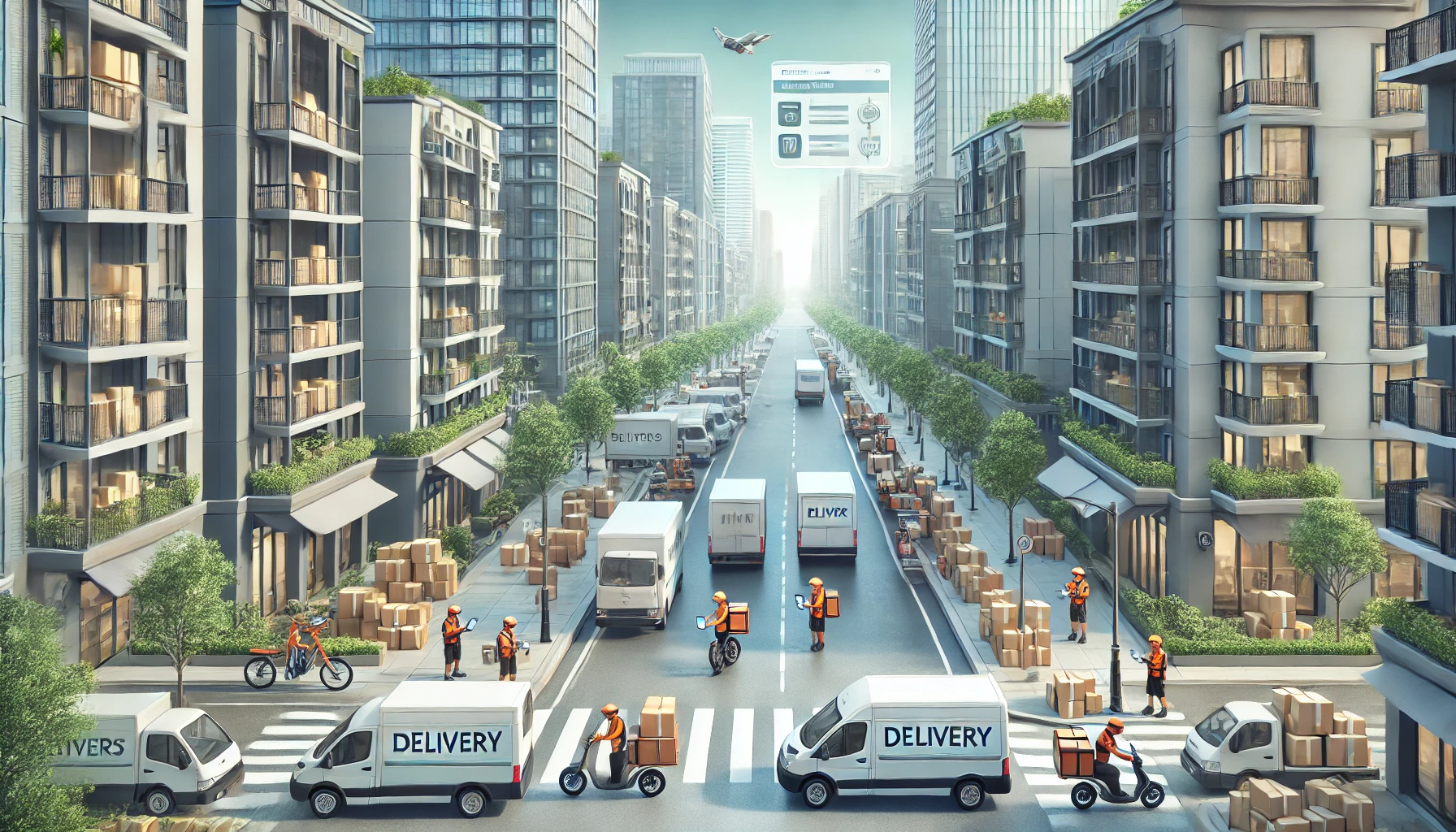How to handle High-Density Delivery Areas with smaller workforces?

High-density delivery zones are a goldmine and logistical headache in modern-day urban logistics. On the other hand, the dense distribution of delivery points enables drivers to travel a greater distance within a short space of time. On the other hand, heavy traffic, fewer parking spots, tighter time windows, and higher customer expectations make delivering there an ever-evolving challenge. Add reduced driver capacity from labour availability or seasonal fluctuations, and you've got a complex operating problem.
But today's delivery teams are not only embracing these limitations - today's teams are spinning them on their side. Through better planning, more efficient routing, and proper technology, logistics managers are making this challenge a strength. Let us examine how fewer drivers can do more in small delivery areas without compromising levels of service or wasting assets.
- Local Intelligence is Where Smart City Planning Starts
The key to successful delivery is to understand the rhythm of a city. There are rhythms in high-density urban areas - rush hour, traffic congestion points, and time windows for delivery. Executives and managers can track these variables with fleet analytics software and know the best times and locations for each delivery category.
Such efficient scheduling, like striking early morning in residential areas or late-night work trips, conserves time wasted circling for a parking space or sitting through traffic. Micro-zoning delivery windows not only minimise driver schedules but also yield more deliveries per route.
- Real-Time Route Optimisation: Beyond Shortest Path
In cities, the shortest route is not necessarily the fastest. It needs dynamic routing in real time based on real-time traffic, construction conditions, delivery times, and driver load.
Any new route optimization software does this. It alerts drivers in real time if they are behind schedule, provides them with alternate routes automatically without dispatcher intervention, and continuously looks out for the optimal delivery route. That sort of responsiveness keeps your fleet moving even during low volumes.
- Consolidated Deliveries & Micro-Logistics Models
More efficient delivery translates to batching being better. Instead of having multiple drivers cover overlapping routes, fleets can bunch their deliveries into tighter clusters. Multiple proximate stops can be made by a single driver with on-time deliveries.
Some companies are even employing parcel lockers, bike couriers, and on-foot delivery for the last mile - extremely efficient in urban settings where vans and trucks are not an option. Such micro-logistics solutions are saving minutes per delivery at minimal operating expenses.
- Equipping Drivers with Intelligent Tools
Drivers are not delivery drivers - they are wireless nodes in a networked logistics system. Fleet software and smartphones guide drivers step-by-step, from best practice loading guidance to customer delivery options.
Completing less paper, delivering more. Apps automate proof of delivery, real-time reporting, and dispatcher messaging, maximising productivity and reducing dead time.
- Flexible Scheduling Beats Locked-in Routes
Fixed shifts are so yesterday in high-density environments, and demand-driven flexible scheduling is the wave of the future. Fleets are adopting dynamic shift assignment, which responds to local events, promotions, or rush hour.
Smart scheduling systems anticipate driver fatigue, control workloads, and offer coverage in crunch times. To address labour shortages, some logistics players are introducing gig-economy employees or weekend-warrior drivers for spikes, expanding smartly without long-term commitment.
- Customer Communication leads to fewer missed Deliveries
One untapped key to operational effectiveness? Informing the customer what's happening. Actual ETAs, text alerts, and live monitoring increase the chances that someone at home to accept the delivery. That reduces missed stops, second runs, and wasted fuel, maximising each driver on the crew.
- Measure, Adjust, Improve
Tight delivery isn't a "set-it-and-forget-it" business. It's a dynamic process that shifts weekly, if not daily.
By tracking delivery statistics - stops per hour, idle minutes, driver productivity - tightly, managers can pre-correct. Closing data-driven feedback loops, what is known this month will be next month's advantage.
Conclusion
Fewer drivers, more delivery, it's not just a possibility, it's a new paradigm now in vogue for smart logistics. Supported by data, flexible routing, and maximum communication, companies are moving through the congested city streets with ease.
Arena Softwares equips logistics providers with intelligent solutions built for today’s cities. From real-time route optimisation to dynamic driver scheduling and end-to-end tracking, Arena empowers your fleet to do more with less. Whether scaling up, experiencing a labour shortage, or repositioning your delivery model, Arena Softwares makes density an opportunity. Contact Arena Softwares today and discover how fewer drivers can deliver smarter, faster, and better.
